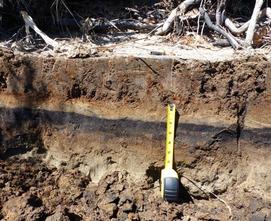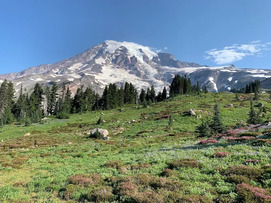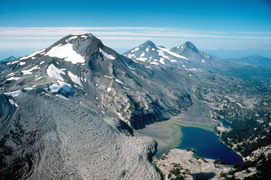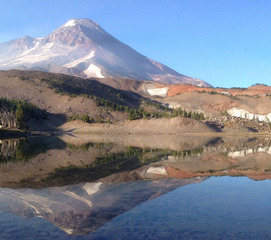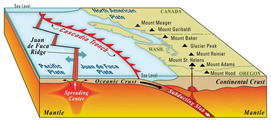Volcano, Earthquake, and Tsunami Hazards of the Cascadia Subduction Zone
Subduction zones produce some of Earth’s most devastating geological events. Recent eruptions of Mount St. Helens and great earthquakes and tsunamis in Japan and Sumatra provide stark examples of the destructive power of subduction-related hazards. In the Cascadia subduction zone, large earthquakes, tsunamis, and volcanic eruptions have occurred in the past and geologic records imply that these events will occur in the future. As the population and infrastructure increase in the region, resilience to these natural hazards requires a detailed scientific understanding of the geologic forces and processes involved, combined with a society motivated to mitigate risks.
Volcano, Earthquake, and Tsunami Hazards of the Cascadia Subduction Zone Read More »


